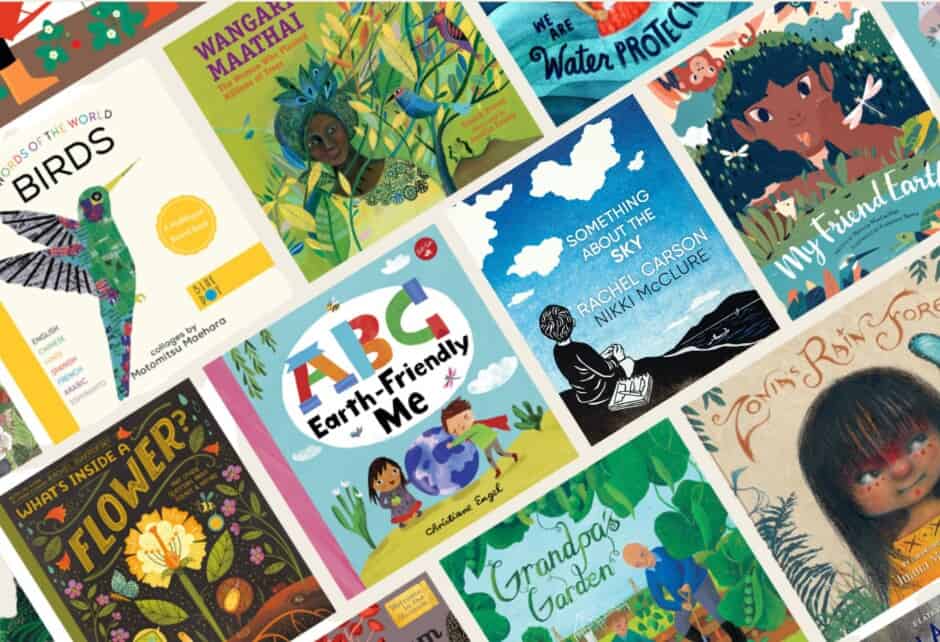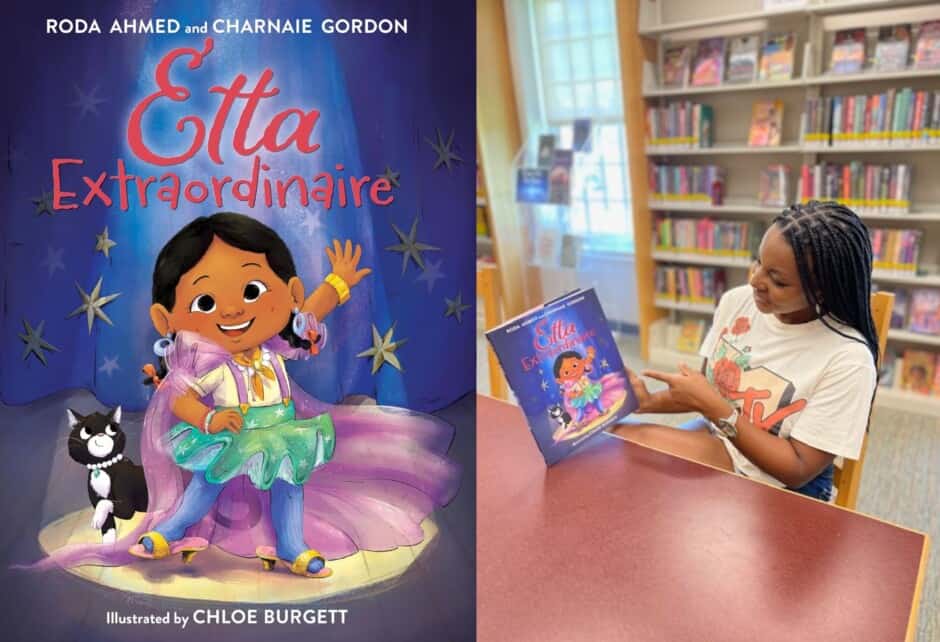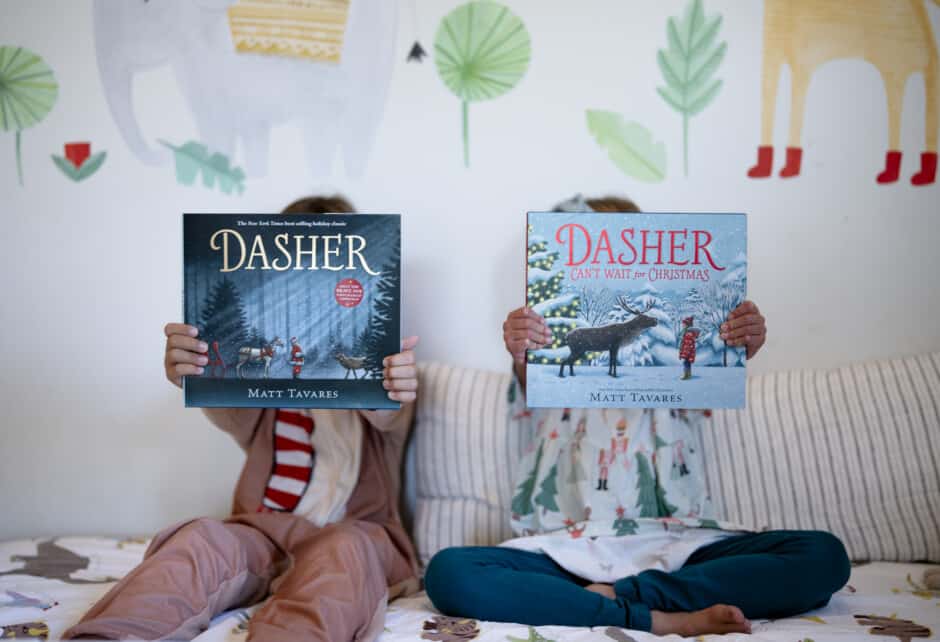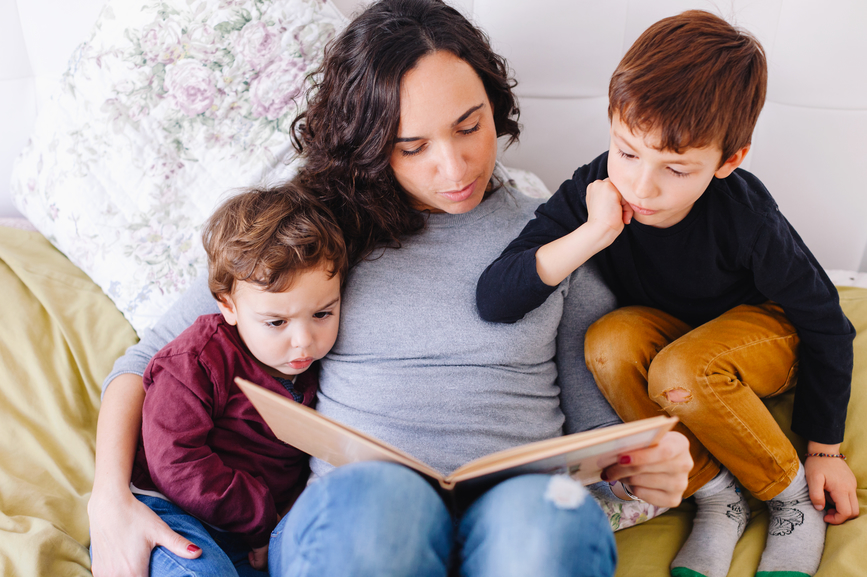
Mom Talk: Why Boys Should Read Books Marketed “For Girls”
Written by Nicole Campoy Jackson
Photography by Photo By Bonninstudio
March is Women’s History Month! And while, clearly, you don’t need to give us an excuse to celebrate women 24/7/365, we’re happy to have a month where much of the world devotes extra attention to the wonders of women. A few years ago we published a piece on #GirlMoms and their favorite books that feature a diverse range of female protagonists. Of course, while books like these might be marketed “for girls,” they are just as important to read to our sons. Below, writer and L.A.-based boy mom Nicole Campoy Jackson makes precisely this case.
In the car on the way to school, my son rattled off clues so that I could guess the person he had in mind. “They know lots of languages and studied medicine and also went to outer space with NASA and also did lots of other things.” It was Mae Jemison and let me tell you that I nearly crashed, but in a good way. She is as much a hero to my space-loving son as is Buzz Aldrin, which is something that I had nurtured, but wasn’t prepared to experience. As a woman raising a son, it has struck me that representation matters not only to the many groups who have been under-represented for too long. It matters to (frankly) little white boys, as well. Because everyone needs to see everyone take turns as the main character.
I have been quietly setting this scene since my son was born. Not with any manifesto or hypothesis in mind; in fact it was somewhat off the cuff. My friends who were pregnant with girls were buying books like Goodnight Stories for Rebel Girls and the Little People, Big Dreams series, and I had a small thought that I should, too. That my son should also celebrate the names of women in history. When he showed heavy interest in trucks, I duly bought books like Goodnight, Goodnight Construction Site. But, without thinking on it much, I’d change the pronouns of the male excavators and bulldozers from time to time. That front end loader saving the day? She’s a she.
At some point, since I was the one doing all the actual reading, I got a bit tired of seeing boys, trucks, or historical women as the only main characters. I wanted an average girl main character, someone who didn’t have to smash a glass ceiling in order to be written about. So I searched for fun books that happened to have a female protagonist and found The Dot and Kalamata’s Kitchen. And when my son came home from preschool one day to tell me that one of his teachers was born a girl but dressed like a boy because she felt more like a boy—with all the nonchalance of asking for a snack—I took a moment to enjoy the parenting win, elusive as they are.
Representation is a vital element in our boys seeing their classmates, friends, sisters, teachers, and humans who may not look like them as main characters. It allows them to relate to and celebrate and be a better part of the diverse world around them.
Michael Ian Black’s excellent op-ed in the New York Times from 2018, “The Boys Are Not All Right,” is a piece I’ve read time and again. In it, he writes that “too many boys are trapped in the same suffocating, outdated model of masculinity, where manhood is measured in strength, where there is no way to be vulnerable without being emasculated, where manliness is about having power over others. They are trapped, and they don’t even have the language to talk about how they feel about being trapped, because the language that exists to discuss the full range of human emotion is still viewed as sensitive and feminine.”
How, then, do we bring our boys into the modern fold of what it means to be a human (man, woman, non-binary)? I’d posit that we start early. To insult someone by saying that he “throws like a girl” is an elementary school jab. If the insults start that young, then so too should the solutions.
In her piece for Ted.com, author Caroline Paul discusses the inequity in what our kids read. She writes, “we read to experience a panoply of perspectives. We read to learn of people and situations outside and beyond ourselves, so we can deepen our connection and understanding…It follows, then, that we are raising our boys to dismiss other people’s experiences, and to see their needs and concerns as the center of things. We are raising our boys to lack empathy.”
Think back to your own school days as an example. Girls have long been expected to read books (or watch shows and movies) with main characters of all walks. But boys are often excluded from stories with female main characters. Those are “girly.” How many boys count Megan Rapinoe or Serena Williams among their sports heroes? Why shouldn’t they be just as inspired by them as by Lebron James?
We assume that boys won’t be interested in “girl” things or that if they are, it means something else. (To wit, I had one preschool mom introduce my then-3-year-old son as gay because he dressed up in his friend’s princess dresses and loved Queen). Let’s give them more credit. As author Heather Shumaker puts it, “Good books are good books. We shortchange boys and underestimate them when we don’t expose boys to stories with girl main characters. And not just tough girl characters who fight and act like warriors. Regular girls. All kinds of girls.”
The more I see the world through my son’s eyes, the more diverse I want it to be. When we started having a weekly movie night, I made sure to pepper in female protagonists. Early picks included The Princess and the Frog, Frozen, Raya and The Last Dragon, and his current favorite, The Mitchells vs the Machines…alongside The Lego Movie, everything in the Madagascar franchise, How to Train Your Dragon, Star Wars, Kung Fu Panda, and every Toy Story movie. The idea is not to make everyday Staunch Feminism Day. It’s to make sure that our kids see a wide array of protagonists as an everyday thing.
One afternoon, after I’d picked him up from Pre-K and he said he had a question about something they’d been learning. They were doing a week on “famous first females” and he didn’t understand why it was important that they were female. I tiptoed. I asked what he meant, hoping that he was heading where I thought he might be headed. “Males and females can do all the same things, so why are we learning about the first females to do things?” I wasn’t driving at that moment, or I would have crashed again in a good way. By seeing girls as his obvious equals, and being unaware still of that glass ceiling, he didn’t get why it was important that those who had broken a mold were one gender instead of the other.
If someone tells my son that he throws like a girl, I have to believe he’ll meet the comment with perhaps confusion, or better yet indifference. Best yet, he’ll say thank you. Because I have a feeling that his friend Lily has a mean pitching arm.
My recommended reads (ages 4-8+): Little People, Big Dreams: Billie Jean King; Hidden Figures: The True Story of Four Black Women and the Space Race; Goodnight Stories for Rebel Girls; Mae Among the Stars; Kalamata’s Kitchen; Every Night is Pizza Night; The Dot; Hello World; This is How We Do It; Kamala and Maya’s Big Idea; My Three Best Friends and Me, Zulay; Iggy Peck, Architect; and so many others.
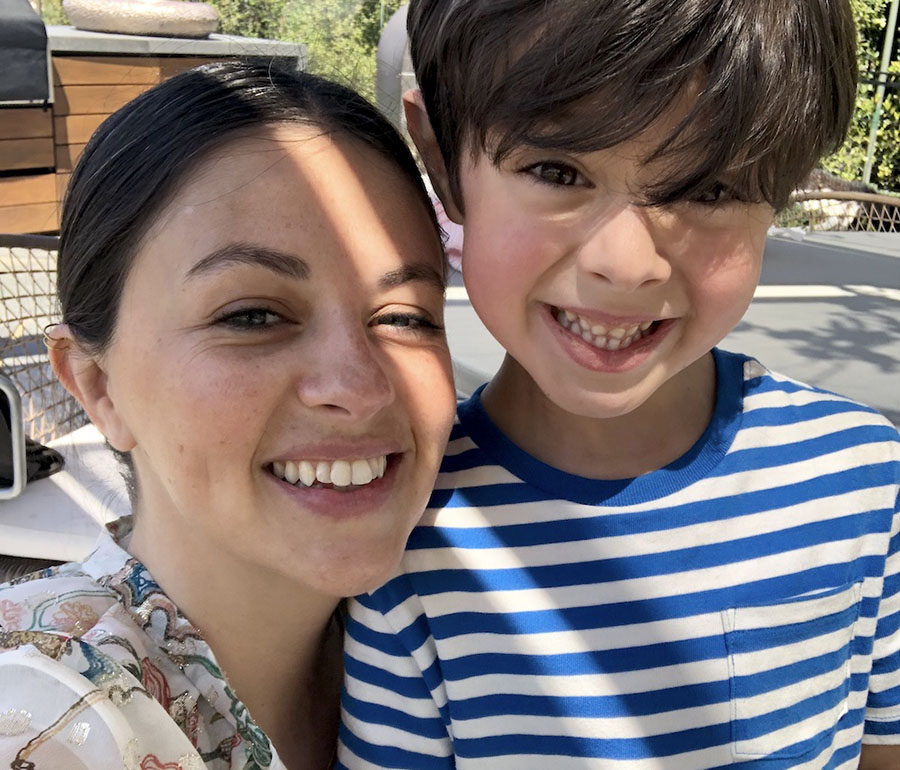
Nicole & her son.
Are you a mother with something to say? Send us an email to be considered for our “Mom Talk” column.
Share this story


